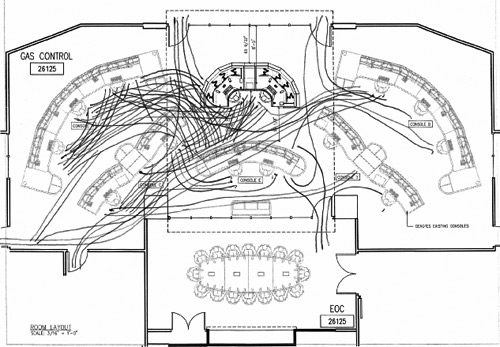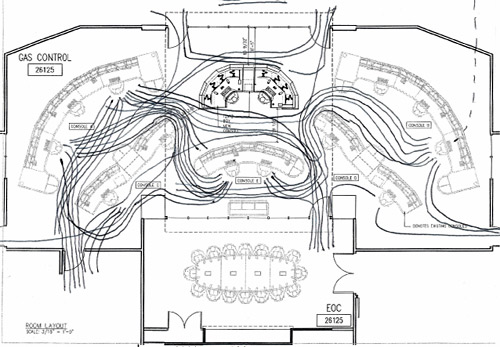Fatigue Mitigation
Most problems in a control room are either caused by or at least impacted by fatigue. Identifying the root causes is the first step in mitigating fatigue in your control room. Design Matters has a proven track record of helping control rooms reduce fatigue problems.
Range of Services
Our process can be leveraged at many stages of design or renovation, and our individual services can also be utilized as needed for specific applications. We can offer many services including:
- Conceptual Design
- Detailed Design
- Audit / Gap Analysis
- Fatigue Mitigation
- Site Evaluation Study
- Project Coordination
- Client Representation
How does your control room measure up?
What are the industry standards and best practices within a control room for traffic patterns, control room entry, noise, lighting, sight-lines, ergonomics, fatigue mitigation, operator interaction, temperature, humidity etc.? How do these standards and practices help minimize potential accidents and disasters?
Best Practices definition: professional procedures that are accepted or prescribed as being correct or most effective.
Industry Standards definition: is the generally accepted requirements followed by the members of an industry.
Ready to do something about the issues in your control room?
Discuss any control room concern or question you may have.



